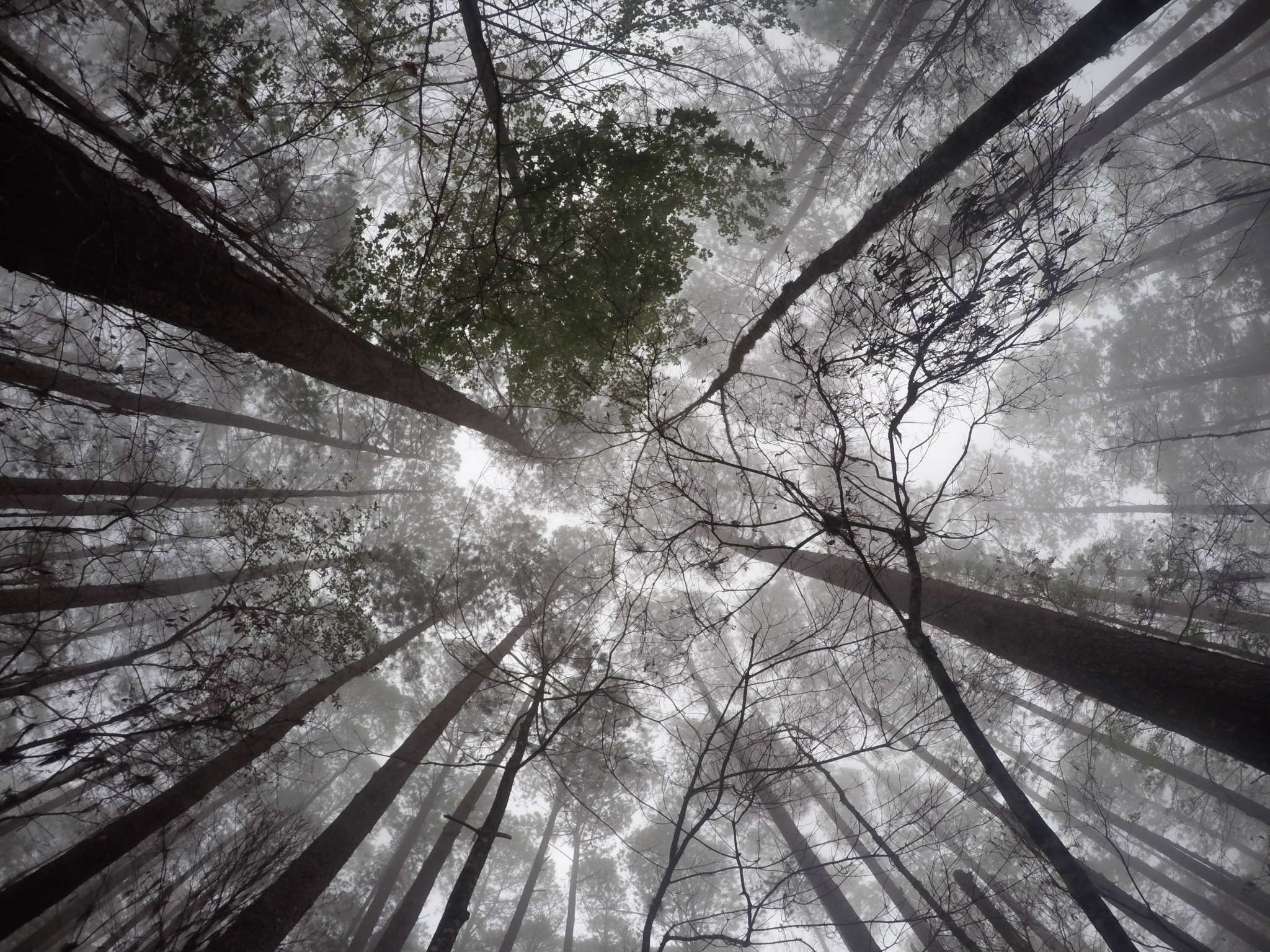

Forests take up about 30% of the Earth’s land area and are home to over 80% of the World’s terrestrial species. There are more than 60,000 tree species within these forests, and it is thought there are still many more to find. Different factors like location, temperature, tree species and amount of rain all change how a forest is classified. There are many different types of forest which are grouped into three main categories – Boreal, Temperate and Tropical.
The boreal forests are located between 50 and 60o North are really cold (as low as -30 oC). Around 80% of these forests grow in ground which stays frozen all year round (called permafrost). This means there are very few plants and animals that can live there. The cold leads to long periods of limited resources (e.g., food, sunlight, water) which means boreal forests have the shortest growing season (only 130 days/year) of any of the forest types. The main tree type in boreal forests are conifers as they are best adapted to the cold.
Boreal Forests cover huge, remote areas which means they are really important carbon stores. As temperatures rise, the ground (usually in permafrost) becomes soft which eventually means the trees fall over and die. If we can successfully conserve boreal forests, it is thought we might be able to slow climate change.
The two types of boreal forest are:
As these forests are found in mid-latitudes, they have four seasons – their tell tale characteristic. Each season (and location) comes with different conditions. Temperatures can range from -30oC – 30oC while the forests’ precipitation averages range from around 75cm to 1.5m per year. This means the plants and animals in these forests deal with a variety of conditions, but as the soils are generally very nutrient rich, there’s a lot of growth.
There are three types of temperate forest:

Tropical forests occur between the tropics of Cancer and Capricorn and so offer stable conditions. They are the warmest (20C to 30C) and wettest forests on the planet. Tropical forests are also some of the most species rich ecosystems on Earth; even though they cover less than 10% of the world they host over half the species. Because of all the different plants and animals in these forests any nutrients are used up quickly, meaning the soils are extremely poor.
Tropical forests are the most threatened by human activities. Logging, agriculture, and development are responsible for the destruction of thousands of hectares of tropical forest (and the plants and animals living there) each year.
Five types of tropical forest include:
Each type of forest has different characteristics and together host millions of amazing species. Operation Wallacea are lucky enough to have expeditions running to four of the different tropical forests – rainforest, dry forests, cloud forests and mangrove swamps – in several different countries. These ecosystems are extremely interesting, and the work being done in these areas is vital for the protection of each of these unique forest types.

Social Media Links